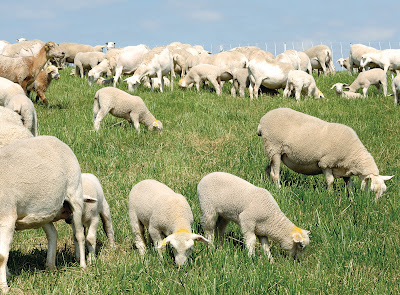One of the biggest problems farm owners encounter is the failure of their greens to keep up with the foraging of their livestock. Most often, when this happens, entire fields go bald, and farm owners will need to wait a few days, maybe even weeks, before plant life returns. Enter rotational grazing, a practice where livestock is moved from section to section of the land to allow grass and other plants to grow back.
 |
| Image source: premier1supplies.com |
It sounds simple, right? No, it isn’t.
Rotational grazing requires a lot of research. Farm owners should also take into account the needs of their animals. How much green can they consume? How often should they feed? How much land should be allocated for the first phase of rotational grazing? And so on and so forth.
But when successful and well-managed rotational grazing is achieved, it can work wonders on a farm. The quantity of forage will increase, and the quality of the green will improve as overgrazing is reduced. The quality of the soil also improves as it becomes more fertile and less susceptible to drought and its effects. Since it follows that livestock walk less over the ground in rotational grazing, soil is not as compacted as when the animals are overgrazing. Compacted soil is less fertile since it absorbs less water. And farm owners have control on giving the best grass to the best of the livestock.
 |
| Image source: onpasture.com |
Geoffrey Morell shares with people the healthy way of eating. Co-founding the P.A. Bowen Farmstead with Sally Fallon Morell, Geoffrey has used rotational grazing to greatly improve the produce of his farm. In fact, all of the livestock are pasture-fed to attain the highest quality meat and dairy products. To find out more about farming, visit this website.
No comments:
Post a Comment